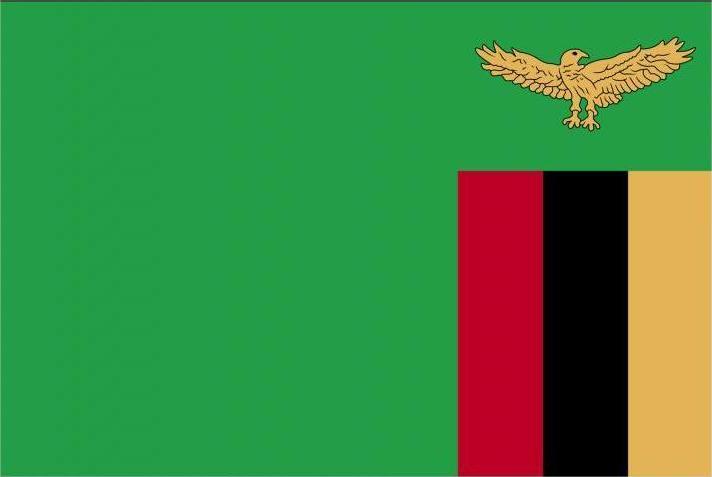Zambia’s Creditor Committee Agreement Eases Path Out of Default
Fitch Ratings-Hong Kong-10 August 2022: A statement released by Zambia’s Paris Club bilateral creditor committee on 30 July should be sufficient to unlock a first tranche of IMF funding in the coming months, substantially improving the country’s near-term external liquidity, says Fitch Ratings. However, private creditor support for debt treatment is still necessary if Zambia is to emerge from its current state of default.
IMF officials have indicated that financial assurances by the bilateral creditor committee clear the way for a Fund programme. A staff-level agreement on a USD1.4 billion Extended Credit Facility (ECF) was reached in December 2021, and the Zambian government claims to be on track with most prior actions required. For example, the government has introduced new procurement regulation. It has also announced plans to eliminate price support for petroleum products in 2022 – although fuel subsidies have been extended at least through to September 2022 to cushion the impact of high global oil prices.
Approval of the ECF by the IMF’s Executive Board had been held up by the need for official bilateral creditors in the country’s creditor committee to agree first the key parameters of debt treatment. The statement signals that such financing assurances have now been given, and the government anticipates Board approval in early September 2022.
An MoU between Zambia and the bilateral creditors committee, which the government expects to sign in towards the end of 2022, is set to provide the basis for negotiations with private-sector creditors. Eurobond investors hold just over 20% of Zambia’s total public and publicly guaranteed external debt, a high proportion compared with other countries attempting a restructuring under the Common Framework for Debt Treatments Beyond the Debt Service Suspension Initiative (DSSI). Moreover, Eurobond repayments account for a high proportion of debt amortisations in the next few years. If the investors are unwilling to accept the treatment terms agreed by the committee, that would delay Zambia’s emergence from default. The government intends to exclude non-resident holders of local-currency debt (12% of Zambia’s total debt) in the restructuring.
Fitch affirmed Zambia’s Long-Term Foreign-Currency Issuer Default Rating (IDR) at 'RD' (Restricted Default) in April 2022. Once Zambia has reached an agreement with bondholders on restructuring its Eurobonds and we assess that it has completed that restructuring process, we would assign ratings based on a forward-looking analysis of the sovereign's willingness and capacity to honour its new foreign-currency debt obligations.
Creditor committees for both Zambia and Chad (the latter in June) have now achieved sufficient agreement on debt restructuring to unlock IMF programmes, leaving Ethiopia as the only sovereign to have pursued debt relief under the Common Framework not to have reached this stage.
The negotiation process has been slow but it is possible that the outcomes with Zambia and Chad may establish principles and benchmarks that can speed the process in future applications under the Common Framework. Nonetheless, it is difficult to draw conclusions at this stage, as few details are publicly available on the nature of the creditor committees’ decisions. In addition, the outcome of the next stage of negotiations with private creditors remains uncertain.
China’s important role in Zambia’s creditor committee, which it co-chaired with France, does suggest that its traditional preference to offer relief for large loans through deferrals rather than write-downs has not been an obstacle to outcomes that are capable of delivering the debt sustainability sought by the IMF. This could reduce risks to the successful conclusion of restructuring negotiations for other sovereigns that owe significant amounts of debt to China, such as Sri Lanka. However, without further details it is not clear whether China’s approach has shifted.



















































First, please LoginComment After ~